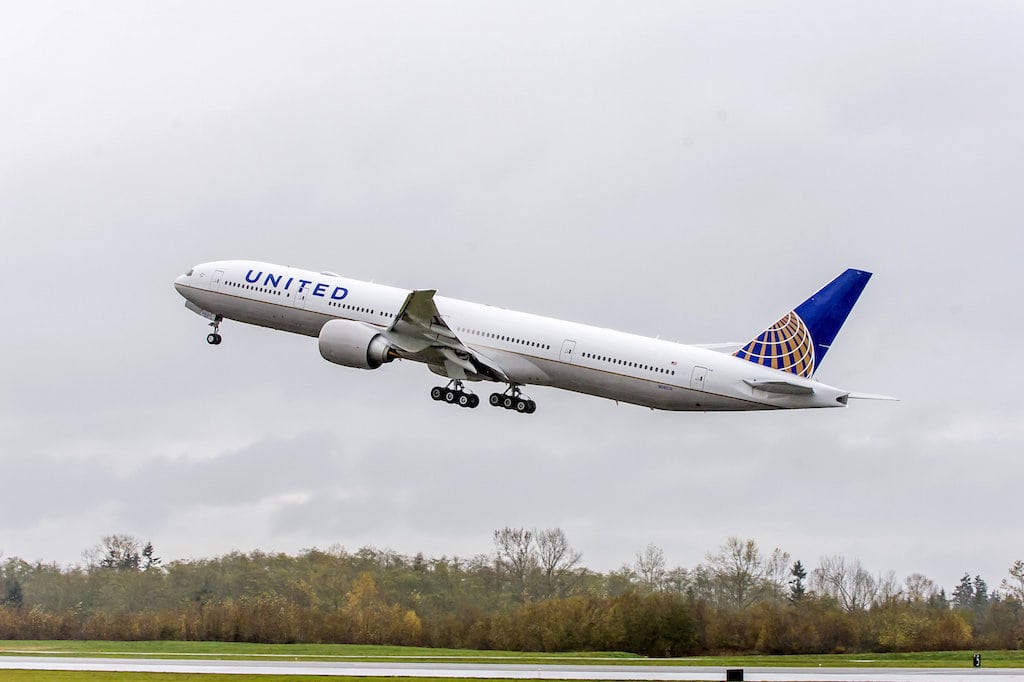United Airlines Is Winning Over Some of the Doubters

Skift Take
How fickle is Wall Street? Less than a year ago, investors weren't keen on United's stock. But a couple of quarters later, they're jumping back on the bandwagon. But not all that much has changed.
Last October, during one of the more tense U.S. airline earnings calls in recent years, United Airlines CEO Oscar Munoz begged investment analysts for patience, saying he need more time to fix some of the more unsound decisions of the previous regime.
This week, perhaps earlier than some analysts expected — after all, a couple wondered whether Munoz could lose his job because the October 2017 call went so poorly — United seems to have returned to Wall Street's good graces.
The airline Wednesday reported second quarter net income of $684 million on total operating revenues of $10.8 billion, and its pre-tax margin was 8 percent. Perhaps more importantly, its passenger revenue per available seat mile, a metric that gauges how much an airline makes for each seat it flies one mile, increased 3 percent, year over year. United showed unit revenue improvement in all geographic regions except Latin America, where it is relatively small.
Things are far from perfect at the Chicago-based carrier. Profit is down, year-over-year, mostly because United paid 43 percent more for fuel this second quarter than last. And like all airlines, United faces not only the short-term pressure of more expensive fuel, but also long-term threats, such as a possible trade war or global recession.
But for now, things are lookin
